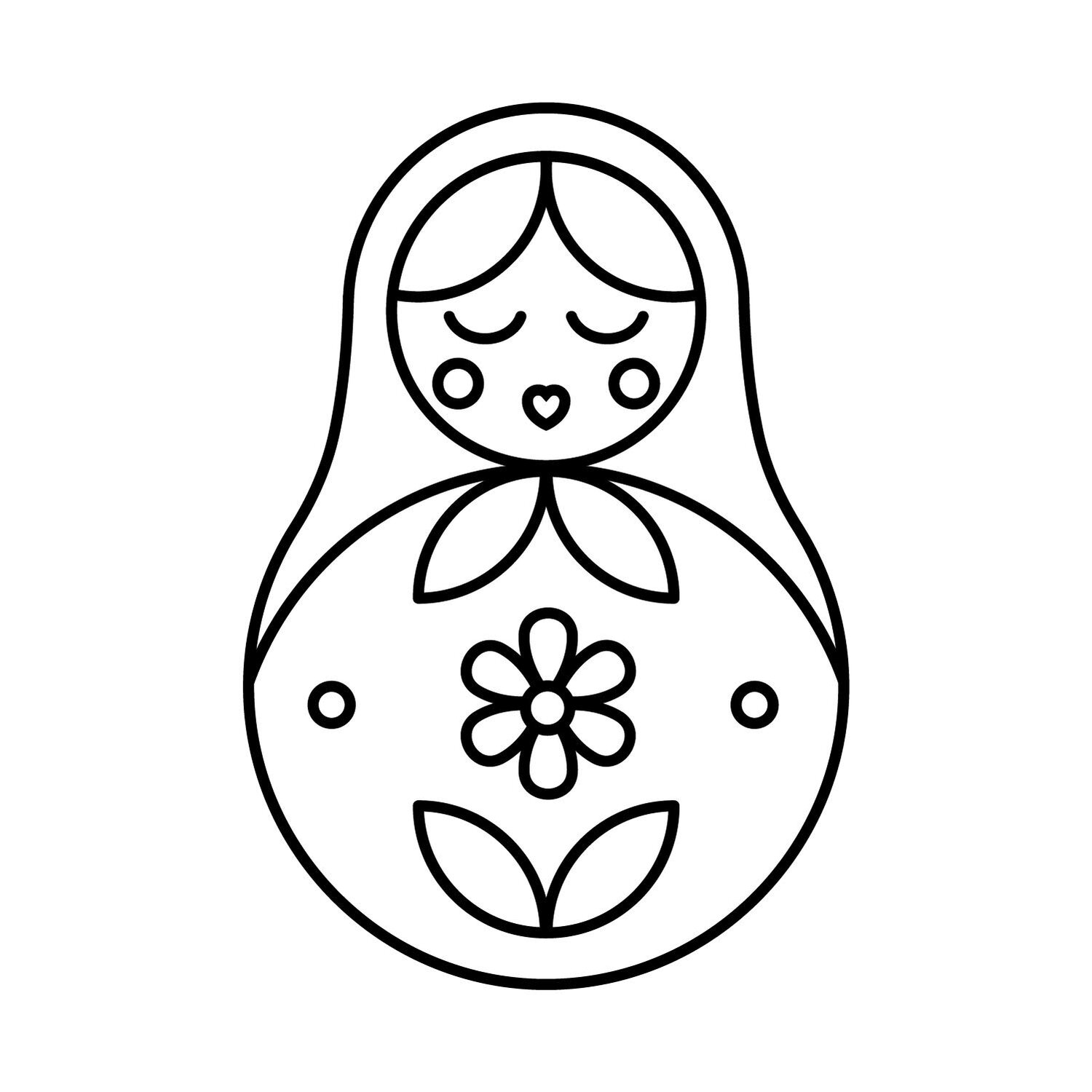q+a: joris bochman
Tchotchke Gallery: Can you take us back to the beginning and explain how you first got into painting? What drew you into the medium?
Joris Bochman: As a kid I was always drawing. I was obsessed with Belgian comics (Tintin, Suske & Wiske) and American cartoons (Ren & Stimpy, Animaniacs, Eek the Cat) and dreamed of working at an animation studio.
After high school I enrolled at the Maastricht Academy of Fine Arts and Design. The obligatory drawing classes in which we had to produce still lives of broken vases and flat bicycle tires -week after week- made me lose interest in drawing for some time. Digital design was the ‘cool’ thing and seemed to have more job opportunities, so I moved towards that direction and graduated in visual communication. I began working as a graphic designer in Belgian advertising, but after years of working for different agencies I started missing my own personal creative outlet. That realization encouraged me to buy a set of brushes and paint and it was the kickoff of my painting practice.
When Covid arrived in March 2020, the amount of work decreased or stopped all together and it provided heaps of spare time. This allowed me to improve my skills and refine my style. Naturally my background as a designer helped a great deal in defining compositions and deciding on color palettes.
TG: What is your creative process like? What is a typical day like in the studio for you?
JB: Ideas for new works tend to come to me at night when I’m in bed. If I’m not too sleepy I’ll write them down in my phone notes so I won’t forget. Then I let some days or weeks pass by and I go through them once in a while to see which one stands out. That’ll be the painting I’m doing next.
Every day in my studio is different since I’m also still working as a freelance designer. How much time I can dedicate to painting depends on the workload of each week.
When starting a new project, I put on my headphones and listen to some music to get into a more focused headspace. Next I look for reference photos online or take some pictures myself. At times, I do a smaller sketch before I start, but generally I’m too impatient and I just start on the paper or canvas straight away. That way of working comes back and bites me in the ass every now and then, when I have to change a composition half way through.
Finishing a work can take up to a few weeks, as I build it layer after layer, removing and adding more color and details as I go.
TG: Did you have fun making the three works for That's Showbiz, Baby? Do you have a favorite moment from the process?
JB: So much fun! It was actually the first time I did a series of paintings and worked on several canvases simultaneously. The three works I have created for this specific show take a spin on an earlier painting I did of a Munch inspired piece of gum screaming from under a shoe.
They’re pretty personal works as well, because I conveyed some of my own memories of teenage angst and combined these with the carefree blue skies and ‘Magritte-esque’ clouds I see from my studio window in Seville today. Additionally, the various bubble gum shapes serve as a quite literal adhesive between those two realities.
Painting the different pieces of gum was the final step and adding that last splash of pink really tied all the works together. Creating the sad looking smiley faces definitely was my favorite part of the process.
TG: What is your overall favorite part of the painting process, in general? Most challenging part?
JB: This differs from project to project, but in general I enjoy a lot the very beginning, creating the concept, putting the first sketch and composition on the canvas and seeing the potential of what it can be. I also get a kick out of the very final stage in which you are past that horrible I-hate-everything-I’m-doing-phase in the middle and you can finally see light at the end of the tunnel, haha!
TG: How would your friends and family describe your work?
JB: In general, my friends and family really like what I do. They’re all very supportive and I think they can see me or some of my characteristics through my work. Probably they would describe it as colorful, poppy, humorous.
People who are close to me know I’m very critical of myself and that I definitely have a sensitive side, but in social settings I’m usually the outgoing guy, one who doesn’t take life too seriously. It’s this kind of duality that you find in most of my works as well.
